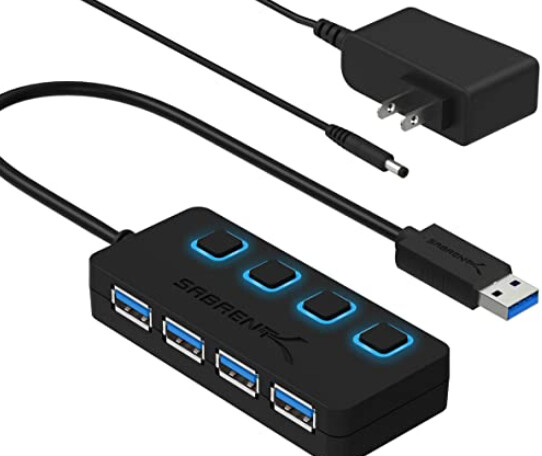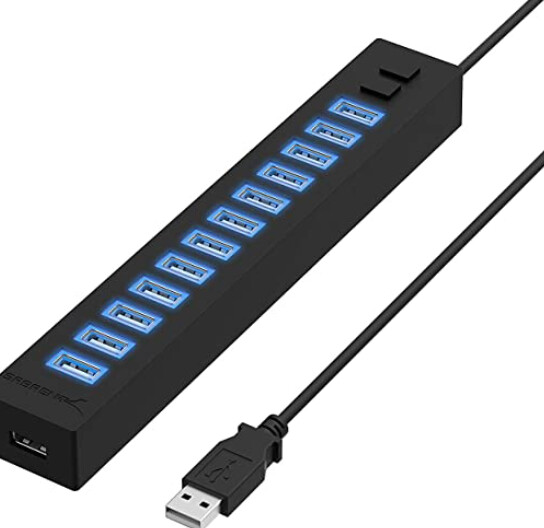Still looks reasonable. Here’s some loopback data comparing QA401 to REVJ QA402:
The sweet spot on the QA401 for THD is around -18 dBV, and the sweet spot on the QA401 for THD+N is around 0 dBV.
First, note that as you move away from the sweet spot on the QA401, the numbers on the QA401 degrade. This is normal and expected because the QA401 doesn’t have a bunch of relays to keep the ADC fed at it’s optimal point. So, the upshot is that at normal audio levels around 0 dBV the QA401 best case THD is below -110 dB. And as you drop to -30 dBV loopback, the best case THD moves to around -100.
On the QA402, note that THD is generally better than -112 no matter what your input level. And this is loopback. With an ultrapure input such as the QA480 take a look at the THD performance at +18 dBV input. This is measured at -122. The 2H level is around -110 dBV, which is -128 dBc
And the QA401 at that level is around -90, or about 30 dB worse.

I’d like to make a point about an ADC being well behaved (as the PCM4220 appears to be). First, take a look at a -1 dBV signal from the QA480 in the plot below. This is a THD of -98 (the QA480 is probably around -135 at this point). Now, your first thought might be “Hey, you just told me the THD I should expect at 0 dBV input is much better!” And that’s true. But this measurement is being made at 0 dBV max input, so we’re right at clipping.
Note in the picture below the measurement shown as “N-D”. This is the measurement of all the noise EXCEPT for the fundamental and distortions. In other words, measure the noise in all the gaps (from 20 to ~900 Hz, from 1.1 kHz to 1.95 kHz, from 2.05 kHz to 2.95 kHz, etc).
Note that figure shown here is -115 dBV. For a THD+N measurement, this would be the noise part of that measurement.
Next, let’s short the input and check the noise. Here we see the noise (20 to 20k) is -115.2 dBV. So, the ADC only degraded the noise measurement by <1 dB. That is outstanding.
Finally, let’s move to a higher input level (+18 dBV max) and measure the exact same -1 dBV signal from the QA480 (now at -19 dBFS). Now you see the THD measured at -121.8 dBc. But more accurately, we see the 3H is at -125 dBc. But the noise (N-D) is much higher. What on earth is going on?
In short, due to the number of relay ranges available to us on the QA402, and due to the fact that the PCM4220 isn’t showing a dramatic rise in noise between the harmonics when near overload, we can “piecemeal” a THD+N measurement. That is, we use one range near clipping to measure the noise, and another range far from clipping to measure distortion. And by putting them together, we know that the signal’s noise + distortion is roughly -115 dBV (noise) + -125 dBV (distortion). Longer term, I hope there will be some tools available to exploit this and allow you make measurements automatically: The QA402 will step through its ranges and let you make THD+N measurements approaching -115 dB.
In short, I’m really impressed with the PCM4220 ADC.
Some other last minute tentative changes…
THD is being prioritized over noise. The QA402 will be able to measure noise at the same level as the QA401. But it’s easy to use an external amp to gain another 10 dB of noise performance. It’s not easy to improve THD via external means.
The XLR will probably be reverting back to BNC due to size constraints. The input caps on the QA401 were 50V, unipolar (hence the negative DC limitation). The input caps on the QA402 are moving to 100V bipolar. These are much, much larger.
The input ranges have shifted again. Note the addition of +18 dBV without the atten active, and +42 dBV with the atten active. Now, +42 dBV = 126 Vrms. But normally you will operate 20 dB below the max input range to achieve the better performance. That is, if you are measuring a +10 dBV signal, you’d want to be in the +30 dBV input range. At some point, an autorange button will be added.

The regulatory bodies around the world are less discriminating (in terms of certification burden) when AC voltages are under 50V (see Low Voltage Directive). For this reason, if you inject a voltage in excess of 50Vrms, it will be capped at 50Vrms = 34 dBV = 70.5Vpk = in the software. Of course, testing and more review will be done to ensure clearance/creapage, insulation check at 250V DC for signal, 1000V for ground, etc.
Another point is that the front-panel I2S might only work at 48K due to processing limitations. Or the front-panel I2S might not be part of the March release and another product would be added later that had the front-panel connector. I don’t fully understand the issue yet as it’s explained to me.
Thanks









